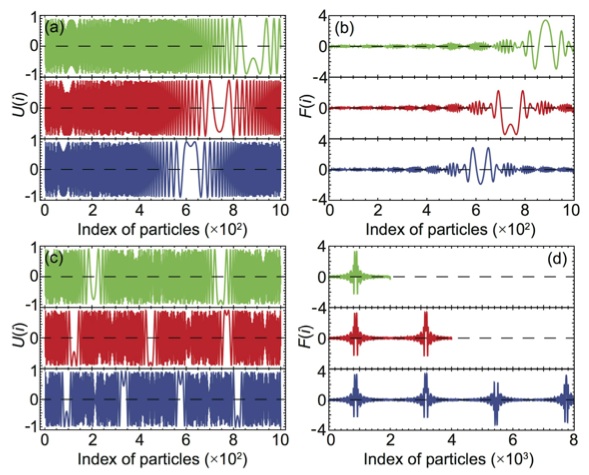In the framework of a Frenkel-Kontorova-like model, we address the robustness of the superlubricity phenomenon in an edge-driven system at large scales, highlighting the dynamical mechanisms leading to its failure due to the slider elasticity. The results of the numerical simulations perfectly match the length critical size derived from a parameter-free analytical model. By considering different driving and commensurability interface configurations, we explore the distinctive nature of the transition from superlubric to high-friction sliding states which occurs above the critical size, discovering the occurrence of previously undetected multiple dissipative jumps in the friction force as a function of the slider length. These driving-induced commensurate dislocations in the slider are then characterized in relation to their spatial localization and width, depending on the system parameters. Setting the ground to scale superlubricity up, this investigation provides a novel perspective on friction and nanomanipulation experiments and can serve as a theoretical basis for designing high-tech devices with specific superlow frictional features.

In the framework of a Frenkel-Kontorova-like model, we address the robustness of the superlubricity phenomenon in an edge-driven system at large scales, highlighting the dynamical mechanisms leading to its failure due to the slider elasticity. The results of the numerical simulations perfectly match the length critical size derived from a parameter-free analytical model. By considering different driving and commensurability interface configurations, we explore the distinctive nature of the transition from superlubric to high-friction sliding states which occurs above the critical size, discovering the occurrence of previously undetected multiple dissipative jumps in the friction force as a function of the slider length. These driving-induced commensurate dislocations in the slider are then characterized in relation to their spatial localization and width, depending on the system parameters. Setting the ground to scale superlubricity up, this investigation provides a novel perspective on friction and nanomanipulation experiments and can serve as a theoretical basis for designing high-tech devices with specific superlow frictional features.
